The United Arab Emirates plans to launch a satellite this year, send a probe to Mars by 2021 and put people on the planet by 2117.
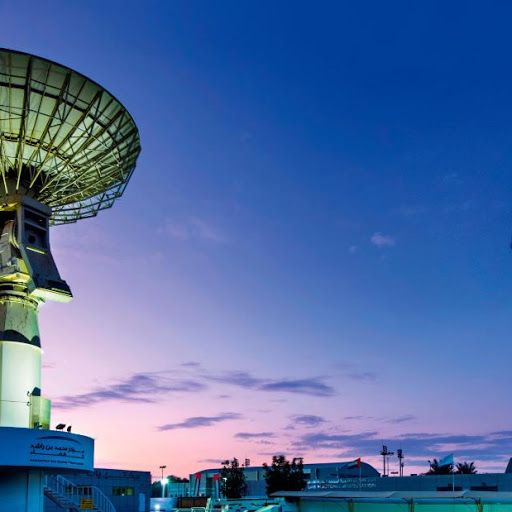



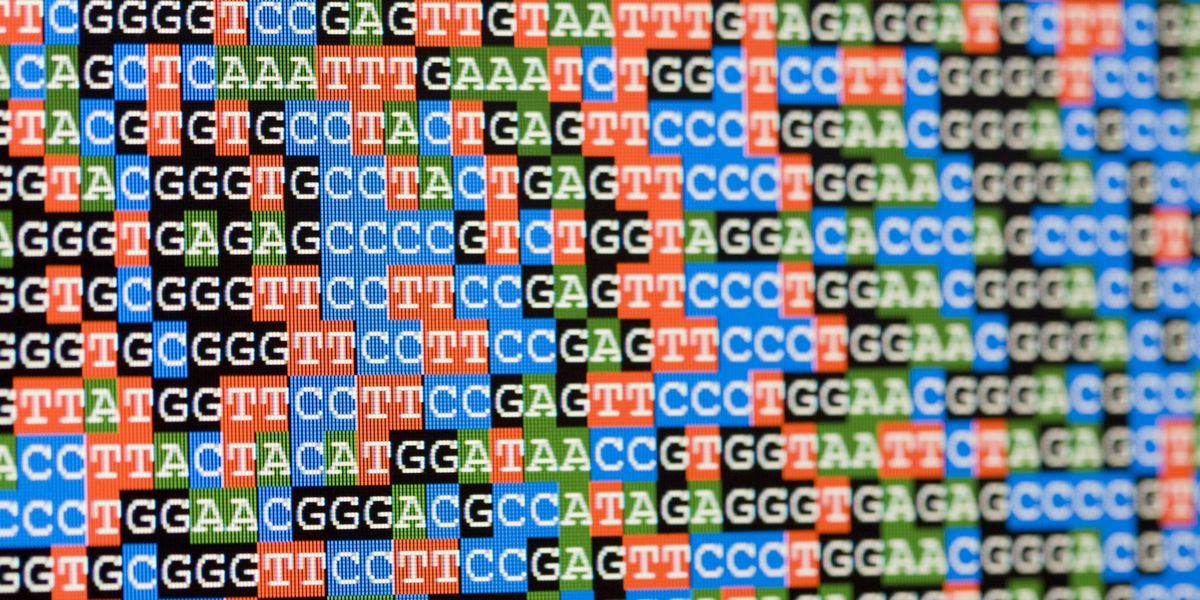
A new breakthrough will make DNA sequencing much more accurate and accessible, meaning it’s only a matter of time before your doctor starts doing it.
Getty Images alanphillips
Imagine you’re visiting your doctor for a checkup. Your doctor takes all the usual measurements like your height, weight, heart rate, and blood pressure, and then tells you she’s going to sequence your DNA.
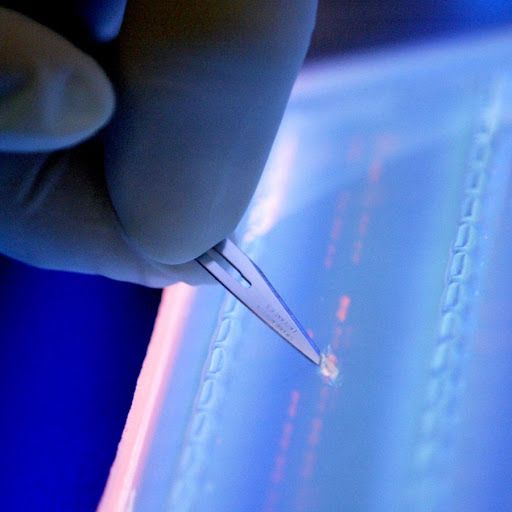
A scientist cuts a DNA fragment under UV light for DNA sequencing. Image: AP Five years ago, when researchers first discovered that bacterial immune systems could be hijacked to edit DNA in living creatures, it was big news. The technology, called CRISPR, allowed scientists to more easily than ever cut and paste all those As, Cs, Ts, and Gs that make up the base pairs of DNA and encode the world’s living things. With CRISPR, scientists could use genetic engineering to tackle problems from disease to famine. But gene editing with CRISPR is so 2017. Recently, scientists have begun exploring n…
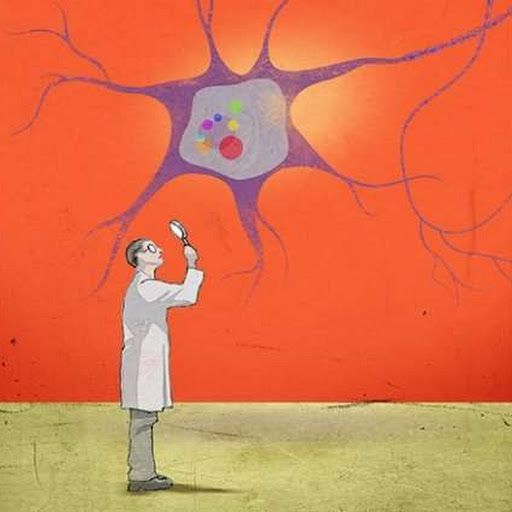
New Whitehead Institute research may prove to be a useful paradigm for targeting diseases caused by abnormal methylation. Credit: Steven Lee/Whitehead Institute Fragile X syndrome is the most frequent cause of intellectual disability in males, affecting one out of every 3,600 boys born. The syndrome can also cause autistic traits, such as social and communication deficits, as well as attention problems and hyperactivity. Currently, there is no cure for this disorder. Fragile X syndrome is caused by mutations in the FMR1 gene on the X chromosome, which prevent the gene’s expression. This abs…
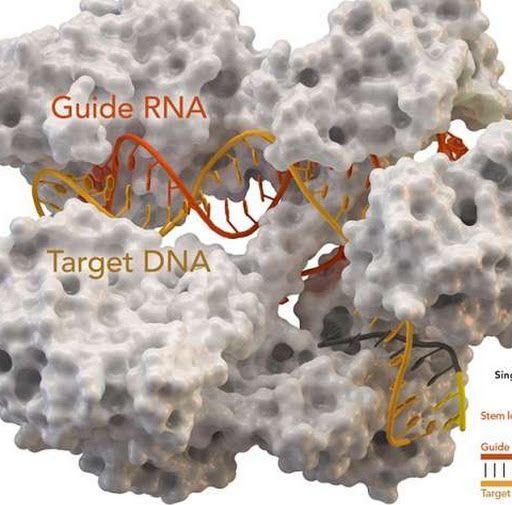
CRISPR-associated protein Cas9 (white) from Staphylococcus aureus based on Protein Database ID 5AXW. Credit: Thomas Splettstoesser (Wikipedia, CC BY-SA 4.0) A team of researchers with the Catholic University of America has found evidence that suggests a defense mechanism used by bacteria to ward off phage attacks might also be benefiting the phages. In their paper published on the open access site Science Advances, the group describes testing the impact of CRISPR-Cas9 on phages that infect Escherichia coli and what they found. In nature, CRISPR-Cas9 is a defense mechanism used by bacteria t…
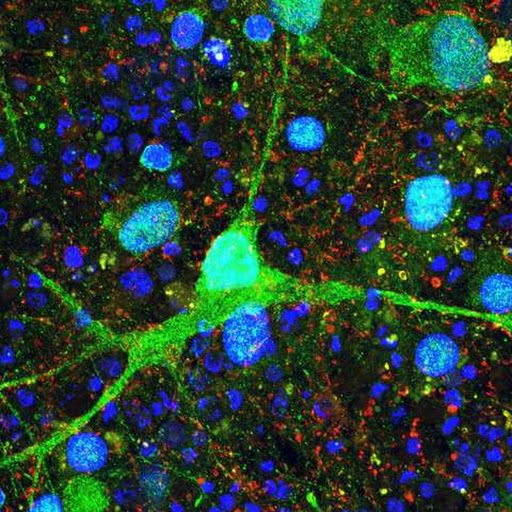
This Purkinje neuron was derived from patients with tuberous sclerosis and model properties of the disease at the cellular and molecular level. Sundberg and colleagues first created induced pluripotent stem cells (iPSCs) from patients’ blood cells or skin cells, then differentiated them into neural progenitor cells and finally Purkinje cells. Credit: Courtesy Maria Sundberg, PhD, Sahin Laboratory, Boston Children’s Hospital Increasing evidence has linked autism spectrum disorder (ASD) with dysfunction of the brain’s cerebellum, but the details have been unclear. In a new study, researchers…
Is ageing a disease? One that can be ‘cured’? BBC’s Gabriela Torres meets the self-experimenters and scientists who are trying to dramatically extend our lives.
Please subscribe HERE http://bit.ly/1rbfUog
World In Pictures https://www.youtube.com/playlist?list=PLS3XGZxi7cBX37n4R0UGJN-TLiQOm7ZTP
Big Hitters https://www.youtube.com/playlist?list=PLS3XGZxi7cBUME-LUrFkDwFmiEc3jwMXP
Just Good News https://www.youtube.com/playlist?list=PLS3XGZxi7cBUsYo_P26cjihXLN-k3w246
A Dutch company called QuTech, working with Intel, just pulled off a silicon chip-based quantum computer. The future’s looking good for spooky action.